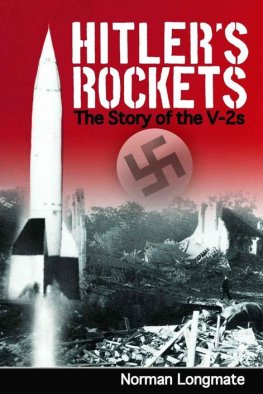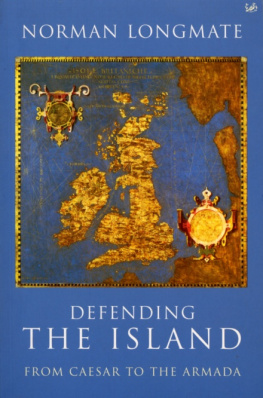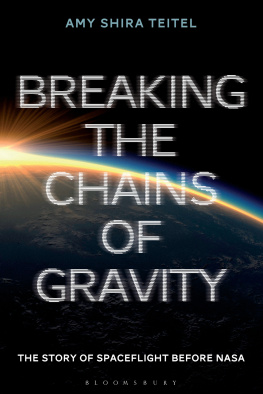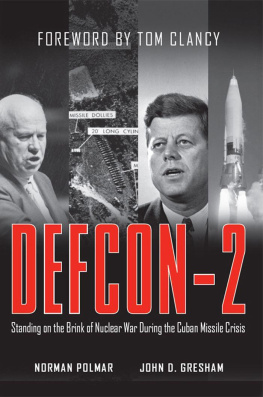Norman Longmate
HITLERS ROCKETS
The Story of the V-2s
Grateful acknowledgement is made for the use of copyright material, as follows: to the Public Record Office for quotations from Crown Copyright documents; to A. D. Peters Ltd for Constance Babington Smith, Evidence in Camera; to the London Borough of Croydon for W. C. Berwick Sayers, Croydon and the Second World War; to Lewis Blake for Bromley in the Front Line; to the National Geographic Magazine for Marquis W. Childs, London Wins the Battle; to British Railways Board for Norman Crump, By Rail to Victory; to Walter Dornberger for V-2, published by Hurst and Blackett Ltd, now an imprint of the Hutchinson Publishing Group Ltd; to Julian Friedmann Ltd for Jozef Garlinski, Hitlers Last Weapons; to Macmillan Publishing Co., New York, for A. B. Hartley, Unexploded Bomb and Helen Walters, Werner von Braun, Rocket Engineer; to David and Charles Ltd for Jeremy Howard-Williams, Night Intruder; to John Farquharson Ltd for R. V. Jones, Most Secret War, published by Hamish Hamilton Ltd and Coronet Books; to Chatto and Windus Ltd for James Lees-Milne, Prophesying Peace; to the estate of the late Sonia Brownell Orwell and Martin Seeker and Warburg Ltd for Collected Essays, Journalism and Letters of George Orwell; to Harrap Ltd for Frederick Pile, Ack Ack; to Faber and Faber Ltd for William Sansom, Westminster at War; to Weidenfeld and Nicolson Ltd for Albert Speer, Inside the Third Reich; to Chubb Fire Security Ltd for Les Staples, Somewhere in Southern England; to Purnell Publishers Ltd for George P. Thompson, Blue Pencil Admiral; to the London Borough of Waltham Forest for Ross Wyld, War over Walthamstow; to William Collins and Sons Ltd for R. Wright and C. F. Rawnsley, Night Fighter.
Owing to the lapse of time and to the ephemeral nature of many wartime publications, some copyright holders have proved untraceable. Apologies are offered for any inadvertent breach of copyright and appropriate amends will gladly be made in any future edition.
Hitlers Rockets is the sequel to The Doodlebugs, published in 1981 and just reissued in paperback, of which it was originally intended to form part. The decision to treat the two subjects separately has enabled me to deal independently with the two weapons, which are in fact totally distinct, although almost all previous authors, British and American, have written about them together. Although they enjoyed a common name as revenge or wonder weapons the latter being entirely justified in the case of the V-2 and were both indiscriminate, they were the product of different research teams, working for different services, were (though the two bombardments overlapped) fired at different periods and, above all, produced very different reactions on the part of the civilians at the receiving end. More fundamental still, while the flying bomb was a development of existing technology, and was eventually beaten by conventional military means, against the rocket there was never any defence and it was a totally unexpected and, for a long time, unsuspected, innovation which pointed the way forward to a totally new type of warfare, under whose shadow we have lived ever since.
The V-2s, for reasons I have described in the pages that follow, presented the British government with an embarrassing and, indeed, insoluble problem, dealt with at first by simply concealing its existence. Even after the war in Europe was over, details of rocket incidents were still being suppressed a policy which made it more difficult to present a comprehensive picture of their effects, but which has meant that very few of the details given here of the location and consequences of the thousand rockets that landed have ever appeared in print before. Because so much of the story is unfamiliar, I have tried to include at least the number of rockets and the casualty figures for every borough in the rocket-affected area and, also for the first time, to give fuller details of all the major incidents, especially those whose seriousness was concealed. A minor but constant problem has been the changes in local government boundaries that have occurred since 1945 and the popular practice of referring to locations by the name of a district rather than of the local authority responsible for it. I have followed the Ministry of Home Security records in trying to identify every incident by the name of the borough or urban district council concerned, referring for example, to Deptford, rather than New Cross, Southgate, not Bounds Green, and Waltham Holy Cross not Waltham Abbey, though I have occasionally included the district where (as in the case of the New Cross Woolworths) it has become identified with a particular incident. Repeatedly in writing the book I have been amazed at the success of the censorship in force at the time. Although stationed in the army in central London for the whole of the V-2 period, I had no conception at all of how serious and widespread were the sufferings of other parts of the capital, or that a brief journey by bus or train could have taken me to areas where incidents were sometimes a more than daily occurrence. For those in the provinces, out of sight or earshot of even the most distant rocket, ignorance was even more total. I hope the present book may help to give those who lived elsewhere in the country, or belong to later generations, some conception of what a small proportion of their fellow citizens had to endure for seven months in 1944 45.
The wartime documents from which I have quoted were often written under pressure and are rarely consistent, even internally, over matters like punctuation and abbreviations. I have tried to introduce consistency in these matters, while giving full details of the source so that the original document can readily be consulted. I have, similarly, felt justified in making comparable minor changes in the contributions from private citizens which form my other principal source.
I am grateful to Miss Idina Le Geyt for her indefatigable research in the Public Record Office, Imperial War Museum and other libraries, and to Miss Eve Cottingham who, at short notice, filled in for me from a number of local authority libraries gaps in my knowledge which became apparent when the manuscript was nearly complete. I am much in the debt of Professor R. V. Jones, who answered several questions for me and supplied exceptionally helpful documents. Lord Boothby generously allowed me to quote his characteristically forthright (and, I have no doubt, accurate) opinion of Lord Cherwell. Mr G. L. Dennington kindly supplied me with a copy of a local history which he had published under a pseudonym. Miss Barbara Bagnall of Hutchinson admirably undertook the picture research. I also met unfailing courtesy and helpfulness from all the archivists and librarians I approached for information, and they were certainly guiltless when, as sometimes happened, a local authority apparently failed to regard the events of forty years ago as history and had not troubled to preserve even such basic documents as a list of local incidents and casualty figures. It is sad to reflect that there are places where facts of this kind may now be lost for ever.
I must particularly acknowledge the assistance of the following: Mr D. M. Laverick, Borough Librarian, London Borough of Bromley; Mr Richard Knight, Local History Library, London Borough of Camden; Mr. L. J. Reilly, Local History Library, London Borough of Greenwich; Mr David Mander, Archives Department, London Borough of Hackney; Mrs Carolyn Hammond, Local History Library, Chiswick, London Borough of Hounslow; Mr John Hart, Central Reference Library, London Borough of Redbridge; the staff of the Inquiry Desk, Central Library, London Borough of Richmond upon Thames; the staff of the Local History Collection, London Borough of Tower Hamlets; the Reference Librarian, Battersea, London Borough of Wandsworth; Mr J. A. S. Green, County Archivist, Berkshire County Record Office; Mr P. R. Gifford, Librarian, Local Studies, Colchester, Mr S. M. Jarvis, Area Team Librarian, and Mr D. Waugh, Chelmsford, Mr Denys Bishop, Area Team Librarian, Grays, Miss Sheila Sullivan, Area Team Librarian, and Miss Barbara Pratt, Loughton, all of Essex; Mr Victor Gray and Miss K. Watson of the Essex County Record Office; Mr Colin Crook, Group Librarian, Gravesend, Kent; Miss Jean Kennedy, County Archivist, Norfolk Record Office; Mr C. Wilkins-Jones, County Local Studies Librarian, Norfolk; Miss Amanda Arrowsmith, County Archivist, and Mr D. Jones, of the Suffolk County Record Office.










